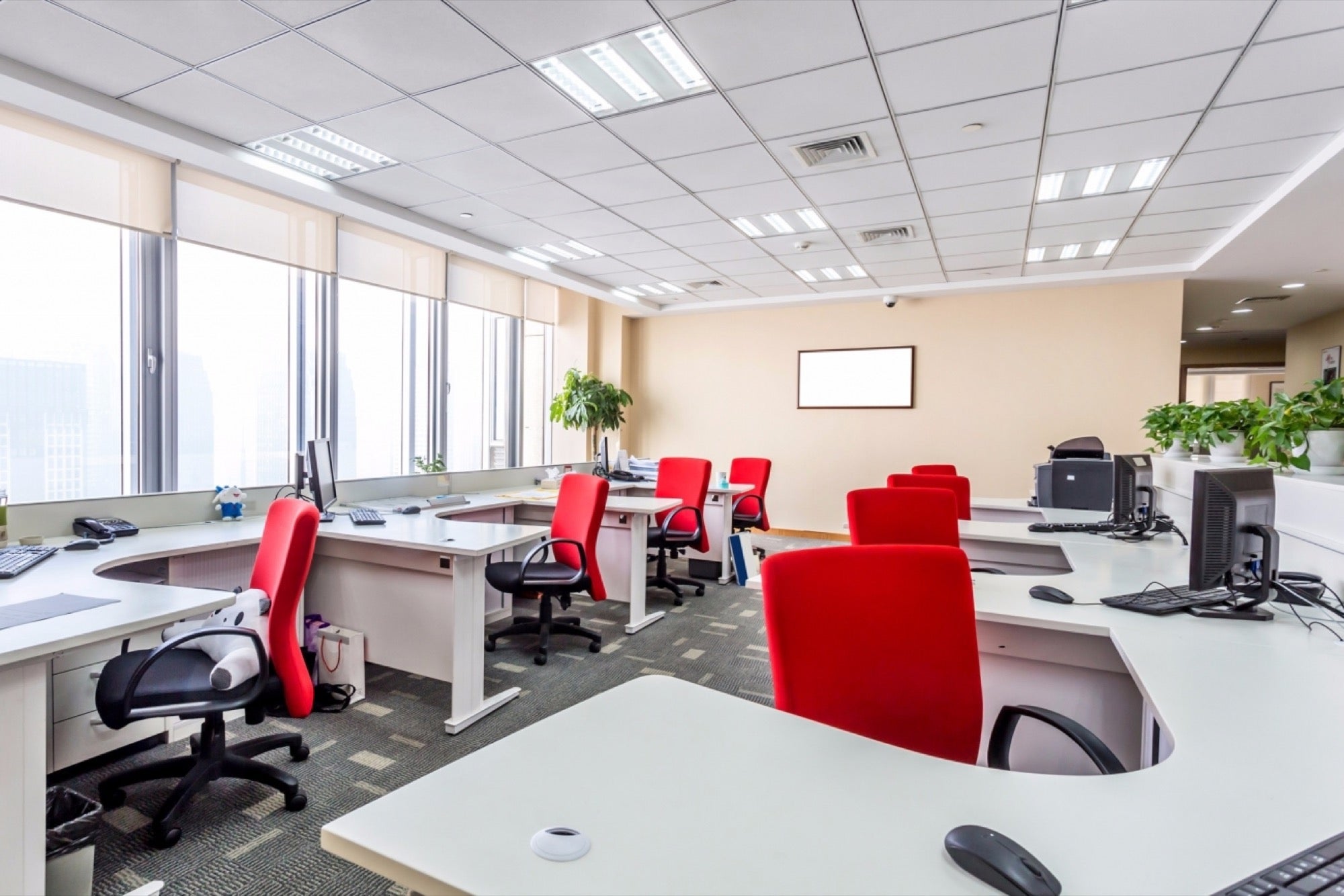Capture, Create & Colour: Purpose-driven Work Space Can Inspire Employees Companies should look for ways to motivate employees by designing their offices to be physical representations of their brands
Opinions expressed by Entrepreneur contributors are their own.
You're reading Entrepreneur India, an international franchise of Entrepreneur Media.

Brand and culture are the external and internal manifestations of a company's DNA. Companies are realizing the importance of creating a working environment that more accurately reflects the brand ethos.
Not only companies, today's employees are rejecting the monotonous offices of the past and instead searching for engaging, inspiring and purpose-driven workplaces that represent the brand that they have chosen to work with.
The modern workplace is pushing the boundaries of what defines a great place to work, diving into brand and culture-specific designs. As leaders seek new ways to help their organizations become more agile, consider these key design principles.
Capture the Brand Philosophy
Offices can feature their signature color throughout the space to create a cohesive environment that reflects their branding. Departing from the uniform approach, companies can look for ways to inspire and motivate employees by designing their offices to be physical representations of their brand.
Companies everywhere are scrambling to adapt to a more global, mobile, and collaborative business model. Few companies, however, are taking advantage of these changes and they're creatively using space to nurture a new work culture. For example, a company that strives to promote more authenticity can use glass walls that share daylight with the rest of the floor, encourage more transparency and collaboration with colleagues, while providing true acoustical privacy. Brands need to establish more than just the logo in order to create an immersive experience for visitor who enters the space.
Create an Experience of an Interconnected World
All executives around the world are looking for ways to gain a competitive advantage, especially in today's tough economic climate. Keeping this in mind, the space needs to reflect new ideas, concepts and solutions that address the diverse ways people are working today and demonstrates how the workplace needs to be designed to support them. The workplace needs to be inter-connected, and provide a palette of the place – a diverse range of settings, organized into interrelated zones; a palette of posture – a variety of options for people to sit, stand or move throughout their day; and choice and control over how and where they work.
Brands that are designed to meet the challenges of the new, interconnected world,sets new standards for what the workplace can be – and, more important, what it can accomplish. Leveraging your office environment is a source to reflect your brand values.
Color is a Good Starting Point
Color is considered an important factor for branding. When designing your office space, the color palette is a good place to start. Carefully incorporating everycolor can help strengthen and reinforce a company's culture, retain and attract new talent and influence wellbeing. Adding pops of color through colorful furniture and accessories is extremely important to encourage employee engagement. Many factors play into employee happiness, but the workplace environment plays a significant role in keeping workers engaged. Strategic use of color is full of visual interest and a subtle yet effective way to improve employee productivity and showcase brand mission.
There's a growing interest in biophilia in the workplace — a theory that humans have an innate tendency to seek connections with nature and other forms of life.The idea that there is a bond between people and other living systems isn't new, however, it's a design trend in the workplace that continues to gain strength. This provides a feeling that can be experienced as you walk into the corridors of an office space that radiates a certain energy and reflects the brand culture.









